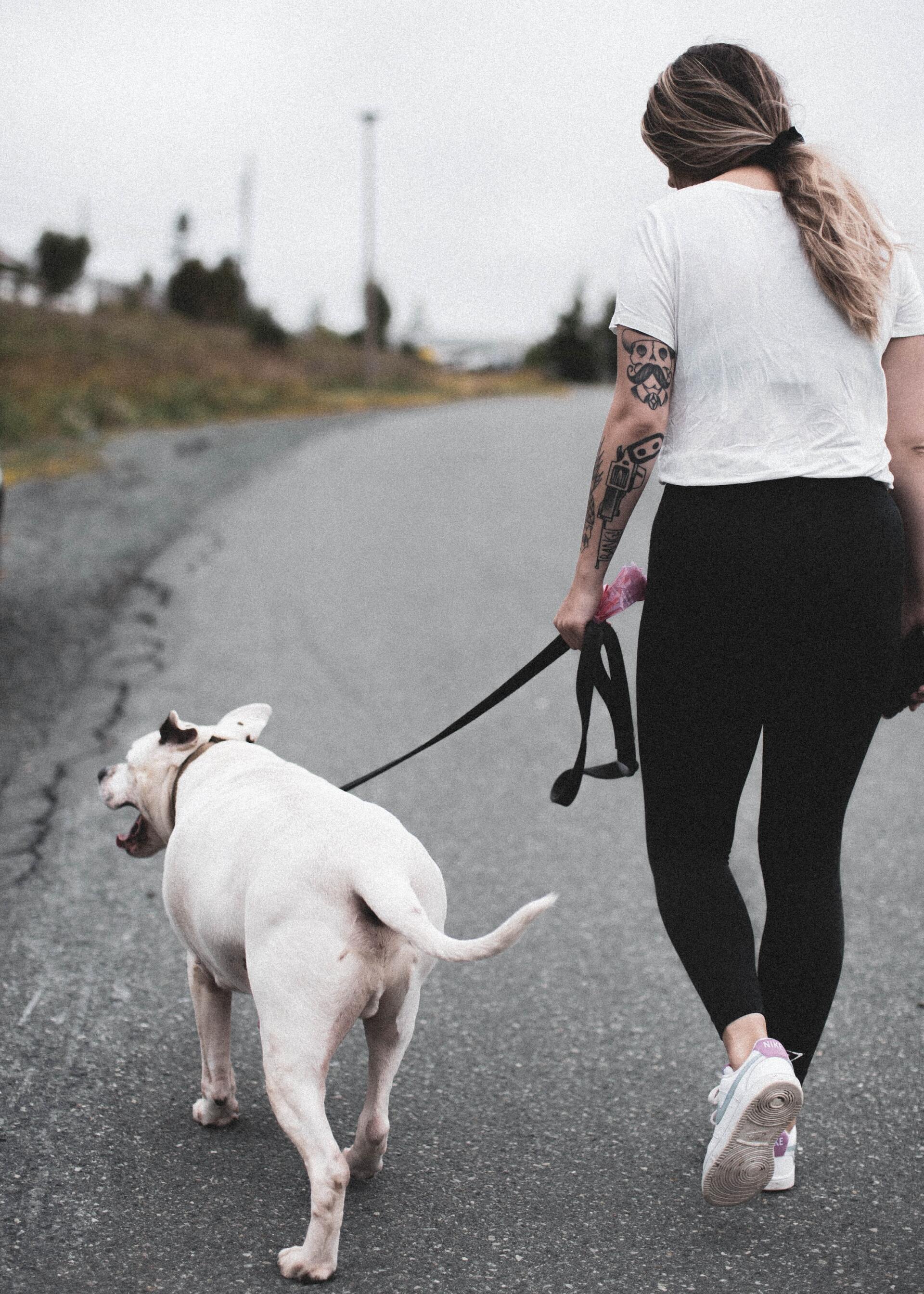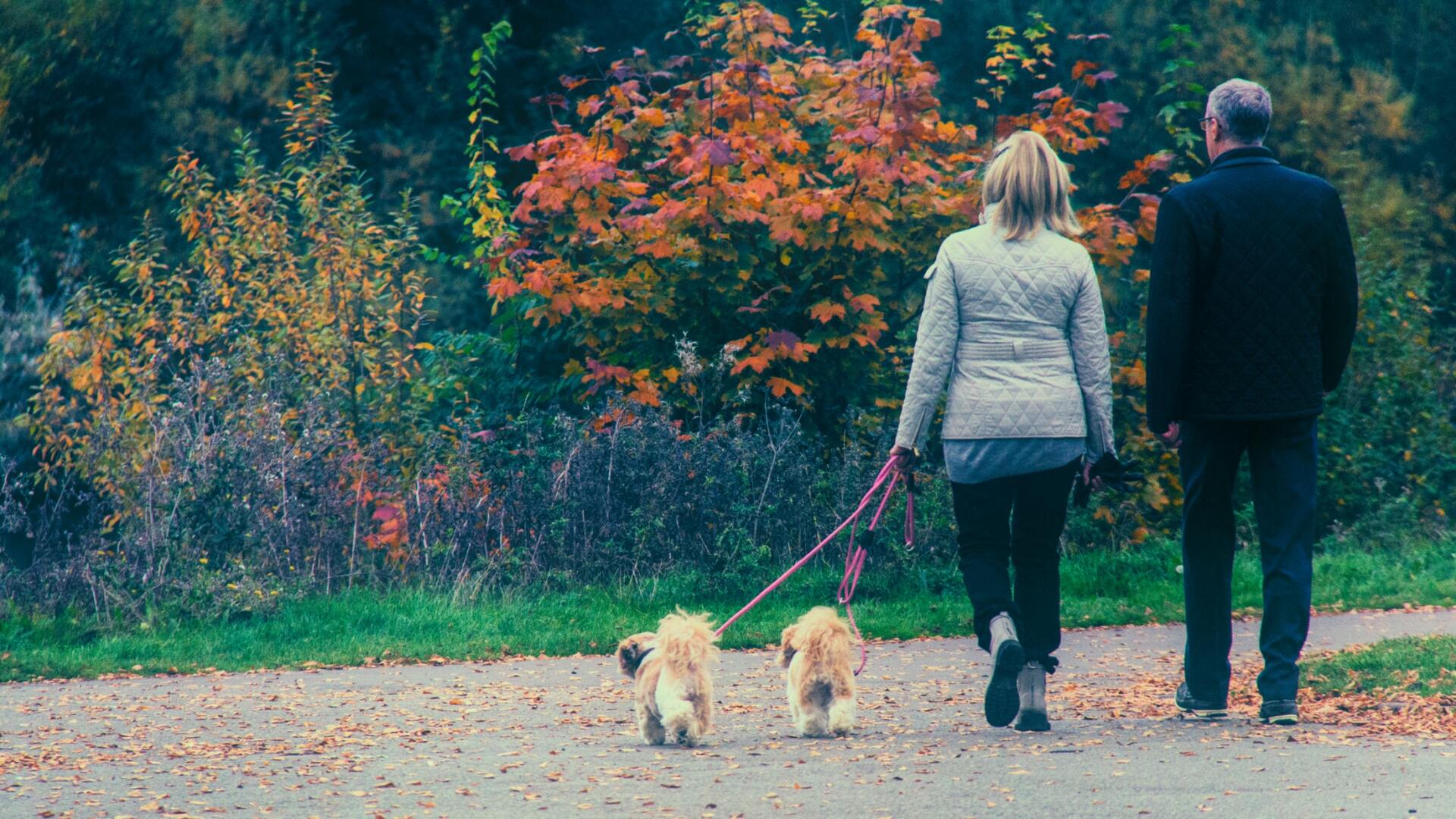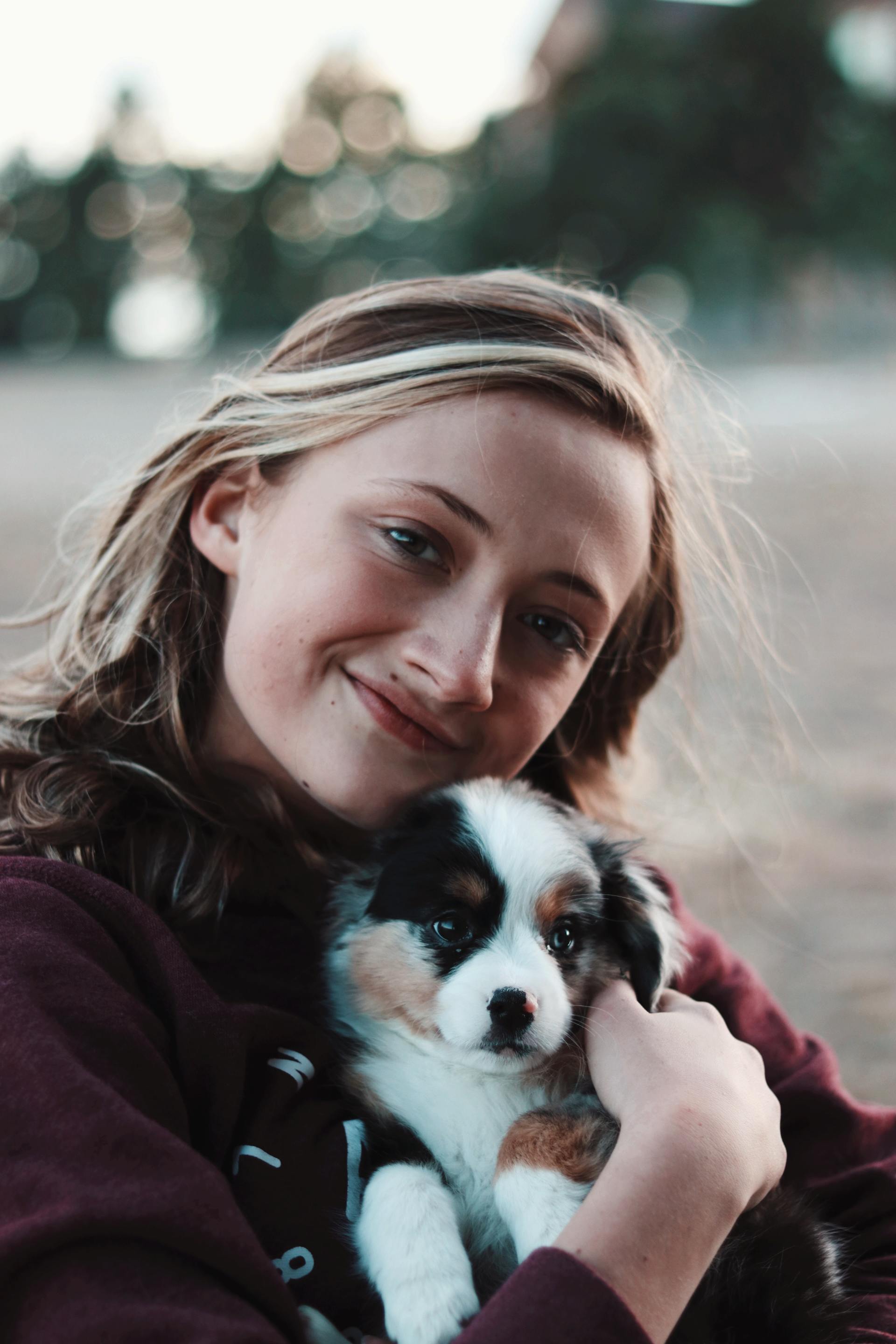Dog Training for Beginners: Everything You Need to Know
Dog Training For Beginners: Everything You Need to Know
If you have recently purchased or adopted a puppy, you may think to yourself that you need to start getting in the habit of training your four-legged friend to teach them how to remain obedient. We have been taught that our dog needs to learn potty training, how to respond to common commands, and much more. What if I told you we have been doing it wrong all of these years?
What if I suggested changing our mindset and the way we see our dog? Don’t get me wrong, all pet parents have the right intention. All of us want what’s best for our family. The question is, where or how did we go wrong? It is still our responsibility in society to have a well trained and obedient dog. It is also our responsibility to have a happy and healthy dog. In the beginning, this may seem like an impossible task. However, you can begin building a good relationship with your dog while training the puppy each day.
Having a new puppy is exciting, but there are times your new pup may frustrate you, especially during the potty training process and possibly even chewing different items in your home. If you follow these simple dog training tips, you and your dog can have success together. Follow this simple step-by-step guide on training a dog as a new pet owner.
Do We Start With the Basic Commands?
When you first start training your dog, you probably think to yourself that you need to focus on basic commands. Maybe your friends are telling you the best commands for you to begin with when you want to enforce good behavior and proper training is to include: sit, heel, come, stay.
The reason you do not want to start with these commands during the beginning stages of a training session is that you need to build trust with your dog through engagement. You want to be your dog’s source of the most fun and joy in their life. There are very few effective techniques currently being used to form proper engagement and the techniques will vary based on your dog. For example, you may have a dog that has more drive than say your neighbor’s dog that has little to no drive.
There are a variety of different levels of energy and motivating factors for each dog as well as how we are to interact with them. The activity of a dog is not measured by a dog’s drive. Some dogs can have a high nervous system but that does not always mean they have prey drive or care about a ball or food. Understanding what motivates your dog can help you to provide appropriate reinforcement and begin to incorporate basic commands in their training. Once you know what your dog needs, you may then build trust through proper methods of engagement.
Once you have established a good relationship with your dog and understand who they are, when teaching the basics, it helps to have plenty of food available. If you want the dog to sit, you are not going to hold a treat in the air and say the dog's name. It may initially attempt the dog to jump for the food. Instead, there a couple of ways to teach your dog to sit based on their drive level.
One way is to first teach the dog a target and once they sit then you open your hand and give them food. You want to solidify the command with your dog, so make sure you practice and get several in a row correct. It is a great way to provide positive reinforcement during the training process.
If you want your dog to stay put for a specific amount of time, get the puppy to sit or stand, and then say the word. You want to keep it simple to avoid causing any confusion. When you first begin working with your puppy, you do not need to use any words to communicate with your dog until you have solidified the position. At that point, you can begin to introduce the command. If you are saying too many words at once, your dog might not understand what you want it to do, and that could result in more issues with getting the puppy to listen to those basic commands.
Do Research on Training Method Options
There are different types of training methods available such as positive reinforcement, clicker training, and alpha dog training. In today’s society, it is common practice as trainers and pet parents to force a few commands on our dog, no matter what training method you choose. In most types of training methods, we become our dog’s #1 enemy. Wait? What? We just told our best friend what they must do, but never listened to what they had to say!?
Dog trainers base training styles from classical and operant conditioning. Classical and operant conditioning has a wide scale of methods and techniques. Positive reinforcement is also known as purely positive and it is generally accompanied with clicker training. Clicker training is a form of operant conditioning. This style of training is successful only in an ideal or very specific situation.
For example, the command “place” or “On Your Spot” is a designated area where you would like your dog to stay such as on a mat, dog bed, or a place board. You may have seen the place board used in agility courses. The place board is used when a dog needs to go to a designated area for an obstacle or an A-Frame. The A-Frame is a frame in the shape of a capital A that dogs run up and then back down. The reason the dog goes to a designated place is during training they come to you for a reward. The same thing gets used for a dog in the household when you have the place board, dog bed, or mat in the house. You ask or send your dog to their spot or place. You now have conditioned your dog for a specific place or for a crate.
Now, let’s discuss the untold truth about clicker training. Once the dog is fed and loses the desire for food, you no longer can gain a dog’s interest. As important positive reinforcement is, it is also important to understand the entire spectrum of what operant conditioning is, which also includes negative reinforcement.
Another form of training is called Alpha dog. This style of training is about understanding the hierarchy in the position of the house. It is nothing but a dog understanding their position of the hierarchy in a pack of wolves. Animals in the world operate and understand the world through consequences through good or bad, just like us humans. If we do something good in a job, we receive a promotion. If we do something bad, we get demoted. We live in a world with consequences. This is not about alpha, this is about operant conditioning. Part of operant conditioning is a combination of positive and negative punishments.
It is not about what method you choose, but rather where to apply the method. It is also about when it is the appropriate time to use different methods. The goal with our dog is to teach new skills for them to live and understand our world as humans. We must learn to co-exist with our dog and overcome any bad behavior displayed by your pet. Make sure to have the right attitude when getting started. You will need to have patience when teaching your dog anything, especially house rules and new tricks. Educate yourself in order to choose the method that is most effective for your pet.
Get to Know Your Dog's Behavior
Not all dogs are the same. Just like humans, dogs have their own characteristics. As a pet parent, you can spend more time with your four-legged friend and get to know more about the pup and its behavior. Dogs are like humans because they have different temperaments than others, and some naturally have less drive in life.
It is an excellent idea to do research on your dog’s breed to see what others are saying about the breed, but also only use this to generalize. For example, one German Shepard may have more drive and be great for personal protection, while another German Shepard from a different litter may have no drive at all and is more insecure and timid.
Just like us humans, not everyone wants to be the CEO of a company. The same thing goes for dogs. Just because dogs may have the same cultural background (breed-specific) does not mean each dog will fulfill a specific job role.
Do not take your dog to the local dog park. Go back to the basics of dogs. They are pack animals and 90% of their DNA is made from wolves. If you were ever to watch National Geographic and watch a pack of wolves, coyotes, or hyenas, these animals never mingle with other packs. It is completely unnatural.
I do encourage you to live life with your dog. Once you have established trust and you become your dog’s world, bring your dog around children, other family members, and any dogs that would be considered within your pack at home. This method of socialization is great for building up their confidence as well.
Provide Positive Feedback
Give your dog positive feedback through body language for good behavior. It would help if you worked on earning your pet's trust, which is not always that difficult, but often the most missed thing. If you are continually providing negative feedback by yelling at the dog and getting frustrated, you may have a difficult time getting through training sessions.
Work on completing short yet practical training sessions with your dog each day. Rather than frustrating yourself and overworking your four-legged friend by training for hours each day, stick with three minutes of training broken down into 10 or 15 sessions a day. It will work out better in the long run if you are taking breaks between working with your dog. The more you spend time with your dog you will begin to see the results and the good behavior you desire.
Work on Teaching Good Manners
Once you have established trust with your dog, teaching those basic commands must become a mutual language that both you and your dog understand. Think of when we teach first graders. We teach them letters and how to write their first words. We don’t tell them what to say or write in a non-formal setting. Our children have the freedom to make choices in life. As parents, we hope they make the right choice, but we do allow them to make their own choices.
It is quite possible to train your dog and overcome any behavior problems that the pup is currently displaying at home. However, you do need to be consistent with the training method and stick with it. When you do take time to spend with your dog, pay attention to their body language, and train in a comfortable, safe area. You will need to work hard and stay focused when working with your dog. Remain consistent by completing numerous training sessions throughout the week.
It would be best if you always had a positive attitude during these sessions. If you are not in the right mindset to spend time with your dog, the dog will sense this, and it will make your time with your dog unpleasant for both of you.
If you do not know how to become a team with your dog, please reach out to us as professional dog trainers. Be careful of your trainer selection as most do not understand how to have a successful relationship with their dog. If you do end up working with a professional trainer to get additional assistance with training your dog, you will need to take training in small steps to have a trusting and successful relationship with your pup.
If you end up struggling with specific issues, do not hesitate to reach out to us professional dog trainers. There is a reason we as dog trainers have success in helping dogs of all different breeds and sizes. The professionals know the right steps to take and will work feverishly to help your dog get the hang of things. Even if you do end up working with a professional trainer to get additional assistance make sure you do your homework and ask the dog trainer questions as to why they limit themselves to one training method or where and when they use specific training methods before training your dog.



